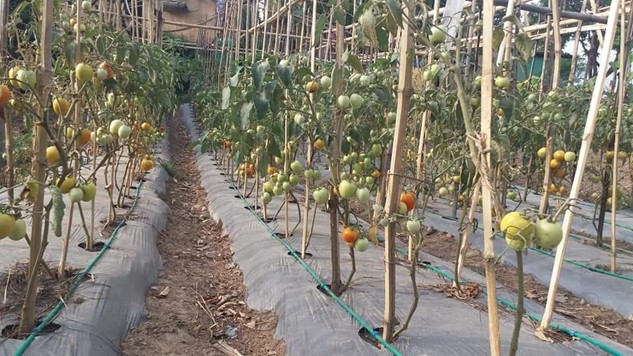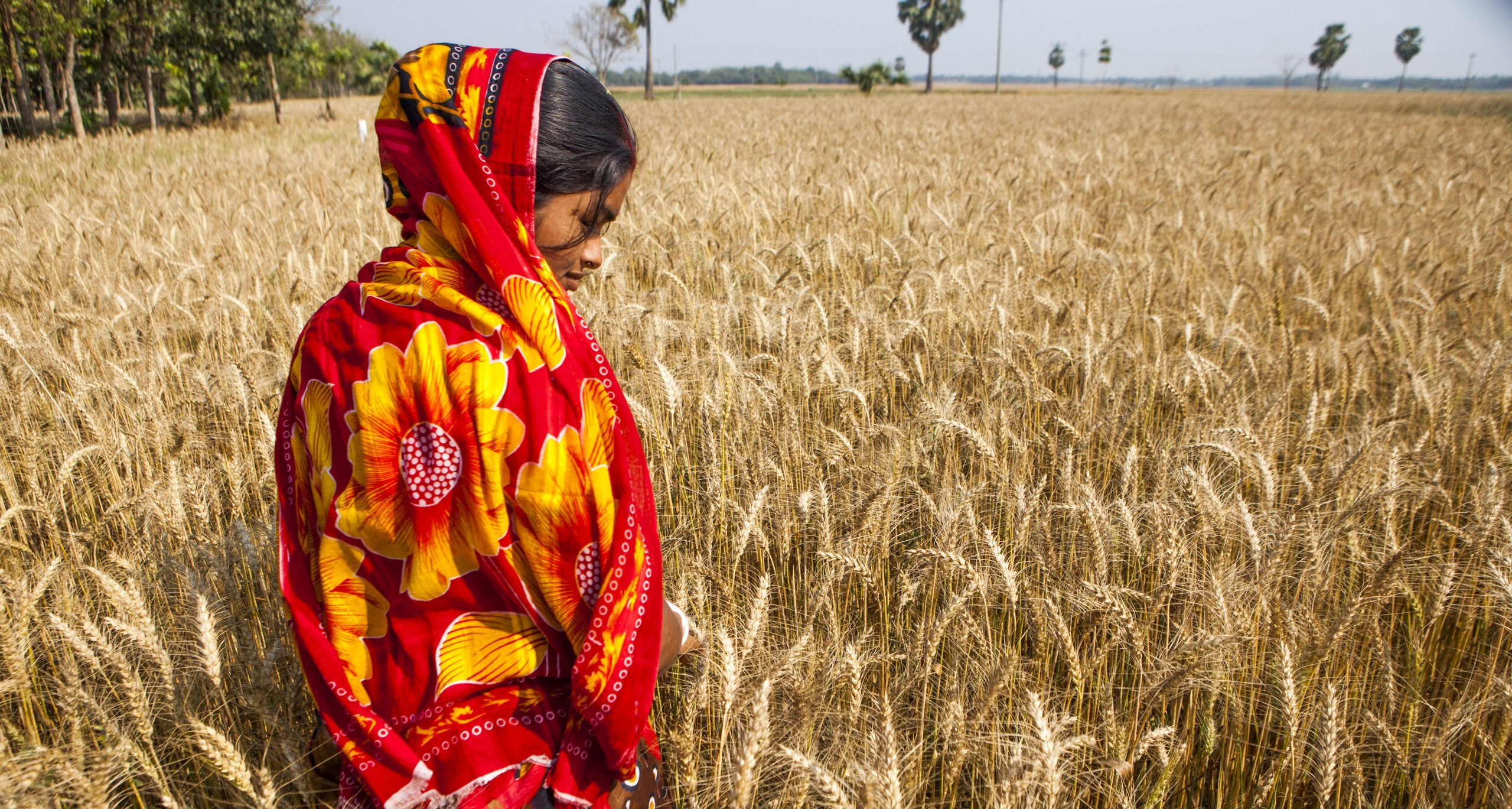Nitrogen use efficiency (NUE) and tomato production in Nepal have both been negatively affected by universal fertilizer recommendations that do not consider the soil type, nutrient status, or climate and crop management practices. Improved use of appropriate levels of nitrogen (N) fertilizer, application time, and application methods could increase yields and reduce environmental impact.
Scientists from the International Maize and Wheat Improvement Center (CIMMYT), the Nepal Agricultural Research Council (NARC), the National Soil Science Research Center (NSSRC), and the International Fertilizer Development Center completed a study to identify the optimum N rate and application method to increase NUE and tomato crop yield as part of the Nepal Seed and Fertilizer (NSAF) project.
Randomized trials with nine treatments across five districts included the omission of N, phosphorus (P) and potassium (K) (N0, P0, K0), variable N rates of 100, 150, 200 and 250 kg ha−1 (N-100, N-150, N-200 and N-250), use of urea briquettes (UB) with deep placement (UBN-150) and a control (CK).
Considering its anticipated higher NUE, N input in UB was reduced from the recommend N rate of 200 kg ha−1 by a quarter. N was revealed as the most limiting plant nutrient based on yield responses from an NPK omission plot.
Tomato yield was increased by 27 percent, 35 percent, 43 percent, and 27 percent over N0 with respective applications of fertilizer at N-100, N-150, N-200 and N-250. Yields responded quadratically to the added N fertilizers, with optimum rates ranging from 150 to 200 kg ha−1.
UBN-150 produced a similar yield to the recommended rate of N-200 and significantly increased tomato yield by 12% over N-150.
At N-100, scientists observed the highest partial factor productivity of N (PFPN), while at N-200, the highest agronomic efficiency of N (AEN) was recorded.
Results suggest that there is opportunity to develop more efficient N fertilization strategies for Nepal, leading to benefits of higher yields and less environmental damage.
Read the study: Optimum Rate and Deep Placement of Nitrogen Fertilizer Improves Nitrogen Use Efficiency and Tomato Yield in Nepal
Cover photo: Generic, non-specific recommendations for fertilizer use in Nepal have affected the production of tomato crops. (Photo: Dilli Prasad Chalise/CIMMYT)


 Innovations
Innovations 
